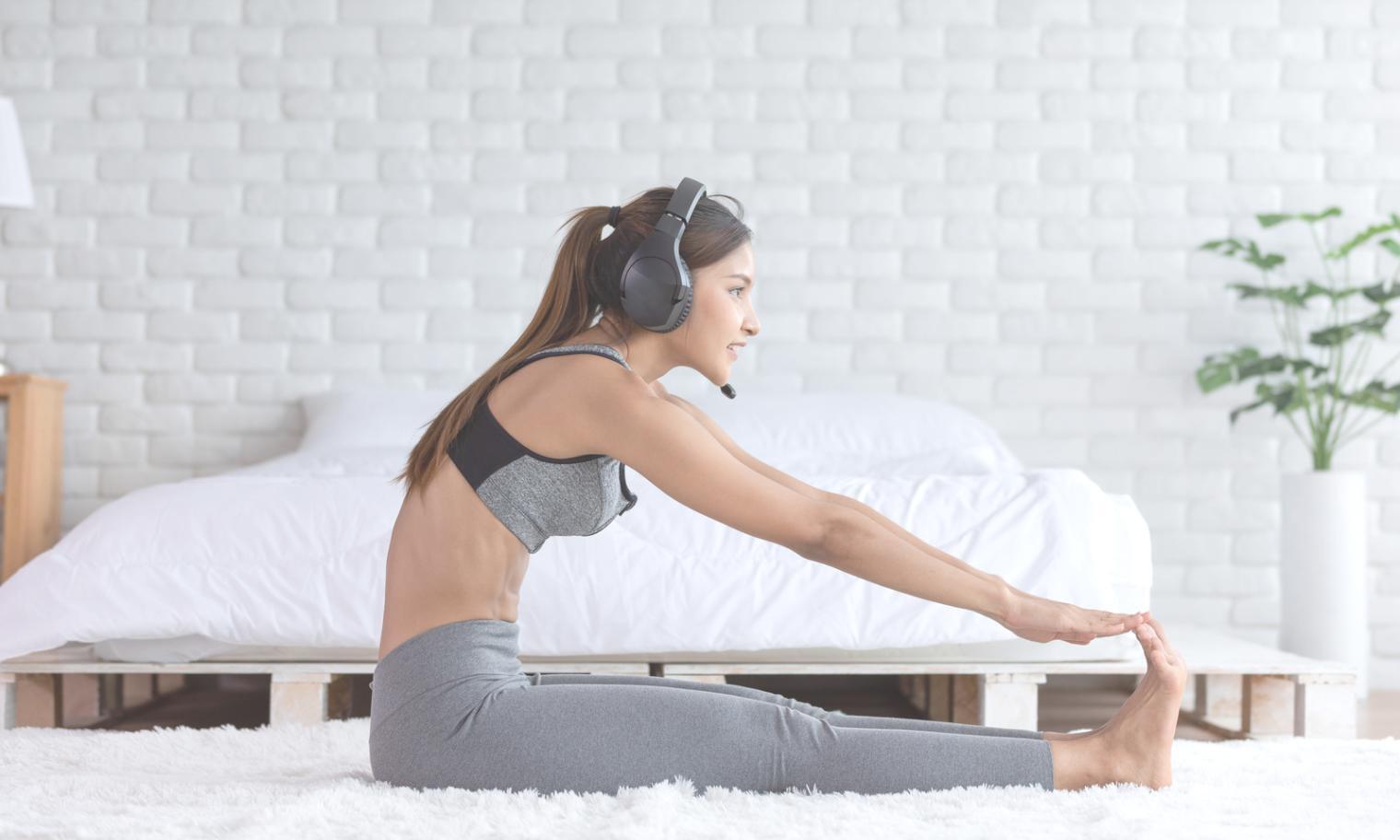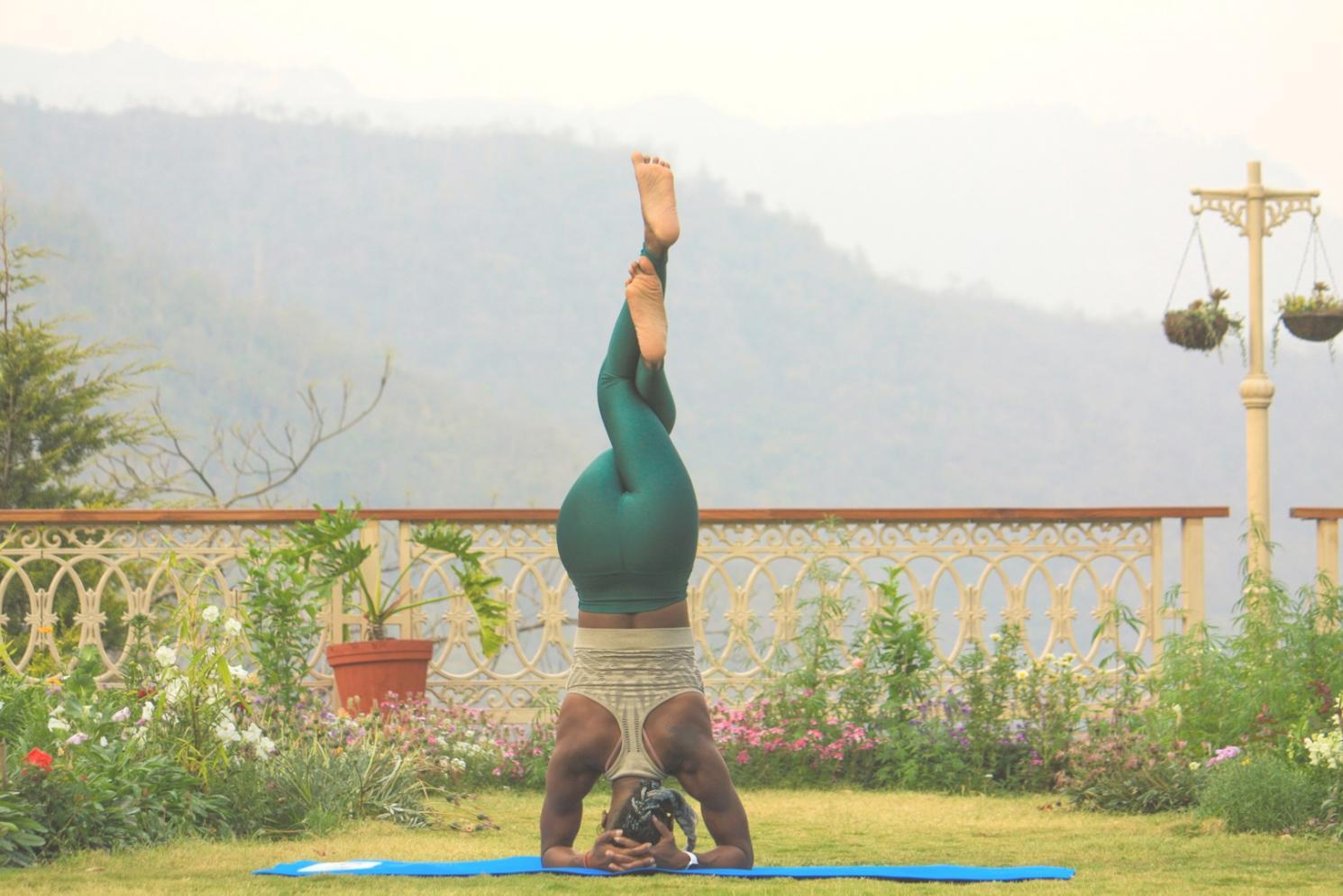5-Minute Morning Meditation: Start Your Day with Clarity
Starting your day with meditation doesn't require an hour of sitting in lotus position. This practical guide shows you how to create a powerful morning routine that fits into even the busiest schedule. You'll learn a simple technique that combines breath awareness with gentle intention setting.

Create Your Space
Find a quiet corner where you won't be disturbed. Sit comfortably on a cushion or chair with your back straight but not rigid. Keep your phone in another room or on airplane mode. The key is consistency - use the same spot each morning to build a habit.
Ground Through Breath
Close your eyes and take three deep breaths. On each exhale, let your shoulders drop and your jaw relax. Then breathe naturally, counting each exhale from 1 to 10. When you reach 10, start over. If your mind wanders, gently return to counting.
Set Your Intention
After 3 minutes of breath counting, bring to mind one quality you want to embody today. It might be patience, kindness, or focus. Don't force it - let the intention arise naturally. Hold this feeling gently, like cupping water in your hands.
Gentle Transition
Spend the final minute wiggling your fingers and toes, bringing movement back to your body. Open your eyes slowly and take a moment to notice how you feel. Carry this sense of calm awareness with you as you begin your day.
Pro Tips for Success
- Start with just 3 minutes if 5 feels too long
- Set out your meditation cushion the night before
- Try meditating before checking your phone
- Don't worry about having a "perfect" session
- Track your practice with simple checkmarks on a calendar




